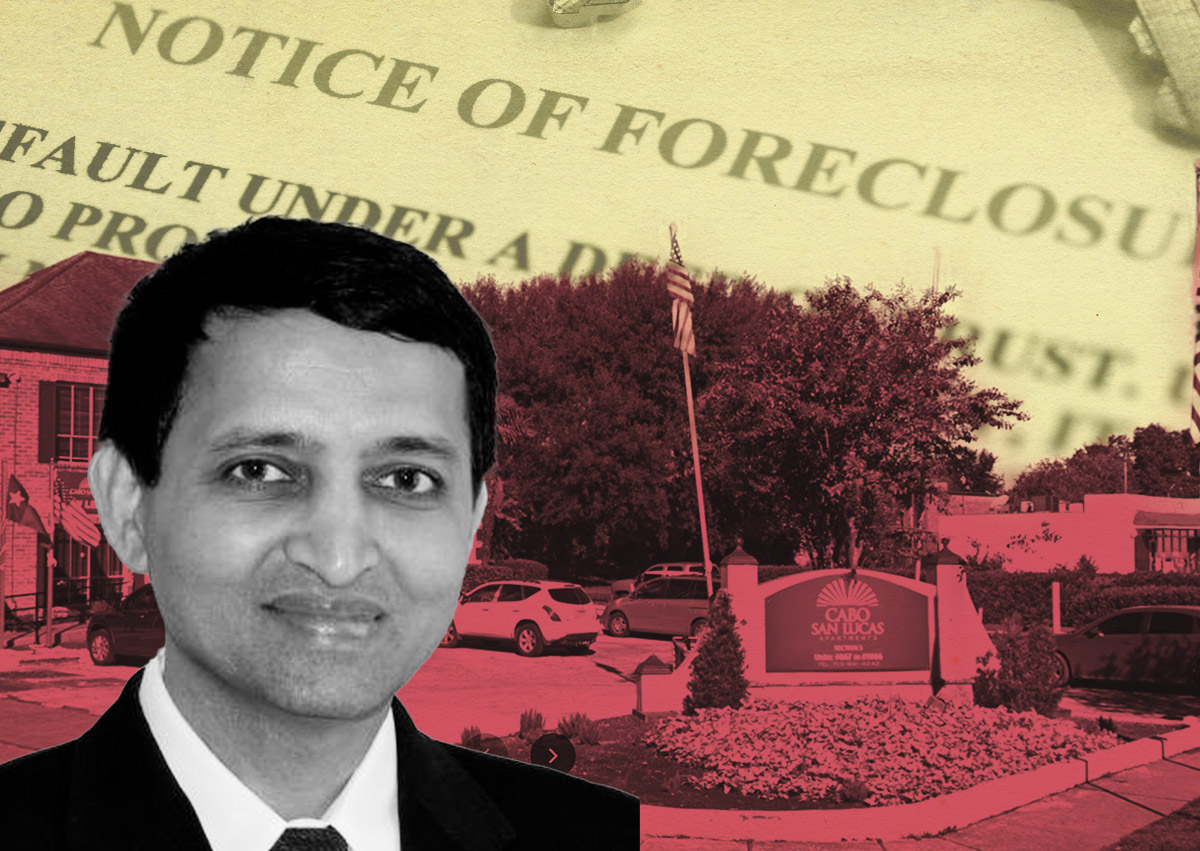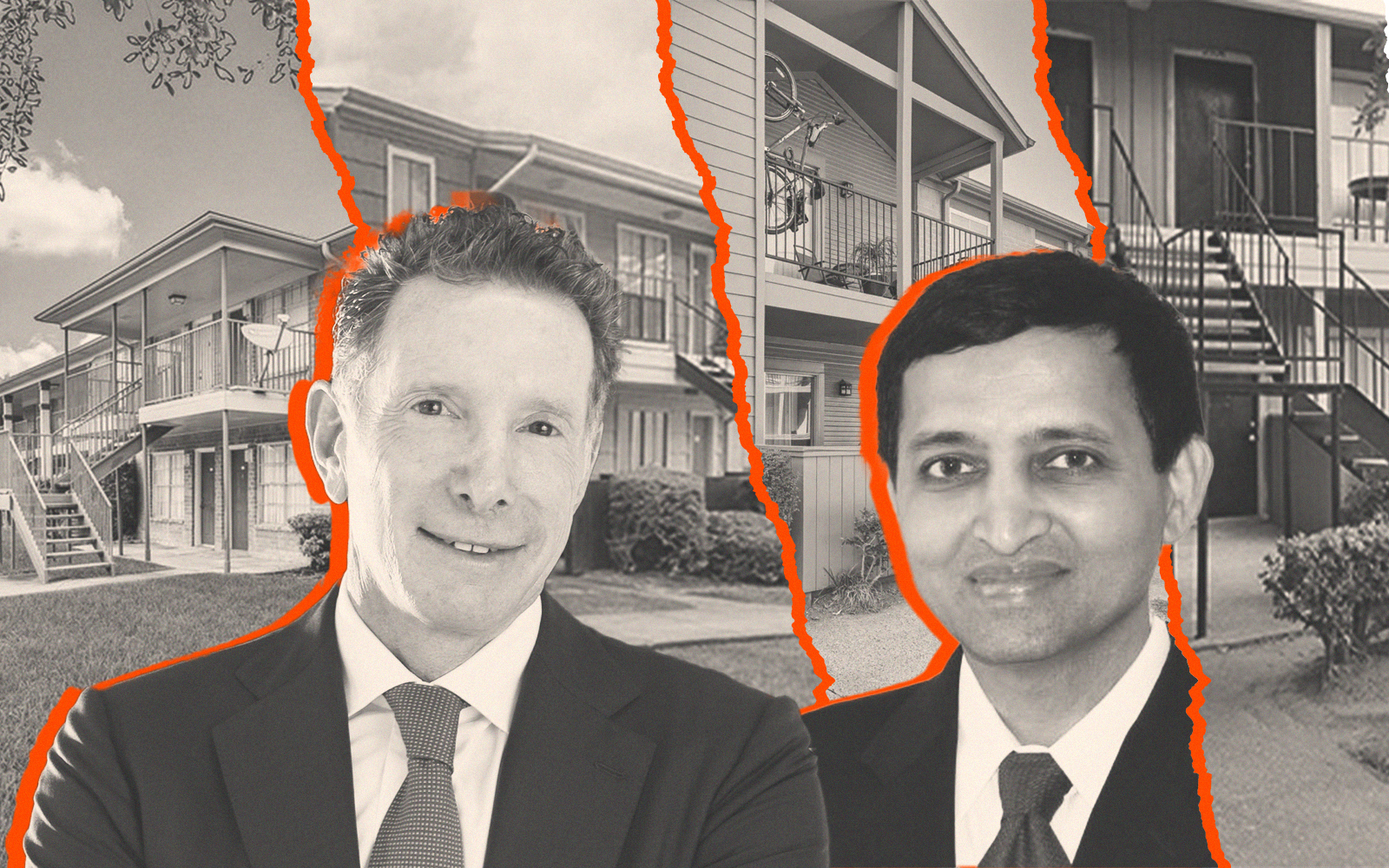A mass eviction effort from Applesway Investment Group left apartment dwellers in southeast Houston scratching their heads.
A subsidiary of the Dallas-based firm served about 120 eviction notices to tenants of the Cabo San Lucas apartment complex at 9220 Nathaniel Street, Houston Landing reported. The property is one of Applesway’s five apartments that have gone into foreclosure this year.
Cabo San Lucas was sold in foreclosure last week, more than two months after the lender, subsidiary of investment firm Ellington Management Group, filed a lawsuit against Applesway. The firm failed to make payments on its $65 million loan for several months, leading Ellington to foreclose.
A judge ultimately dismissed the eviction cases on technical grounds, as Applesway doesn’t even own the property anymore.
Tenants were shocked, largely because of the wretched conditions at Cabo San Lucas, including mold, rats, bug infestations, myriad plumbing problems and malfunctioning appliances. Some residents were told that they owe absurd amounts of money, one receiving a bill for $800,000.
“This is just a mass improper eviction on top of a bunch of other issues,” Sarah Montgomery, an advocate for the affordable housing nonprofit Texas Housers, told the outlet.
In the foreclosure lawsuit, the Ellington subsidiary, EMG Transfer Agent, said the city of Houston served Applesway with at least 116 habitability violations in mid-2022. The city requested repairs to be handled immediately, but the violations were allegedly unresolved two months later. At least $1 million was needed to salvage the property and make it habitable, according to an inspection commissioned by EMG.
Applesway acquired Cabo San Lucas in 2021. The property’s occupancy rate plummeted from 94 to 54 percent over the following year.
—Quinn Donoghue
Read more



